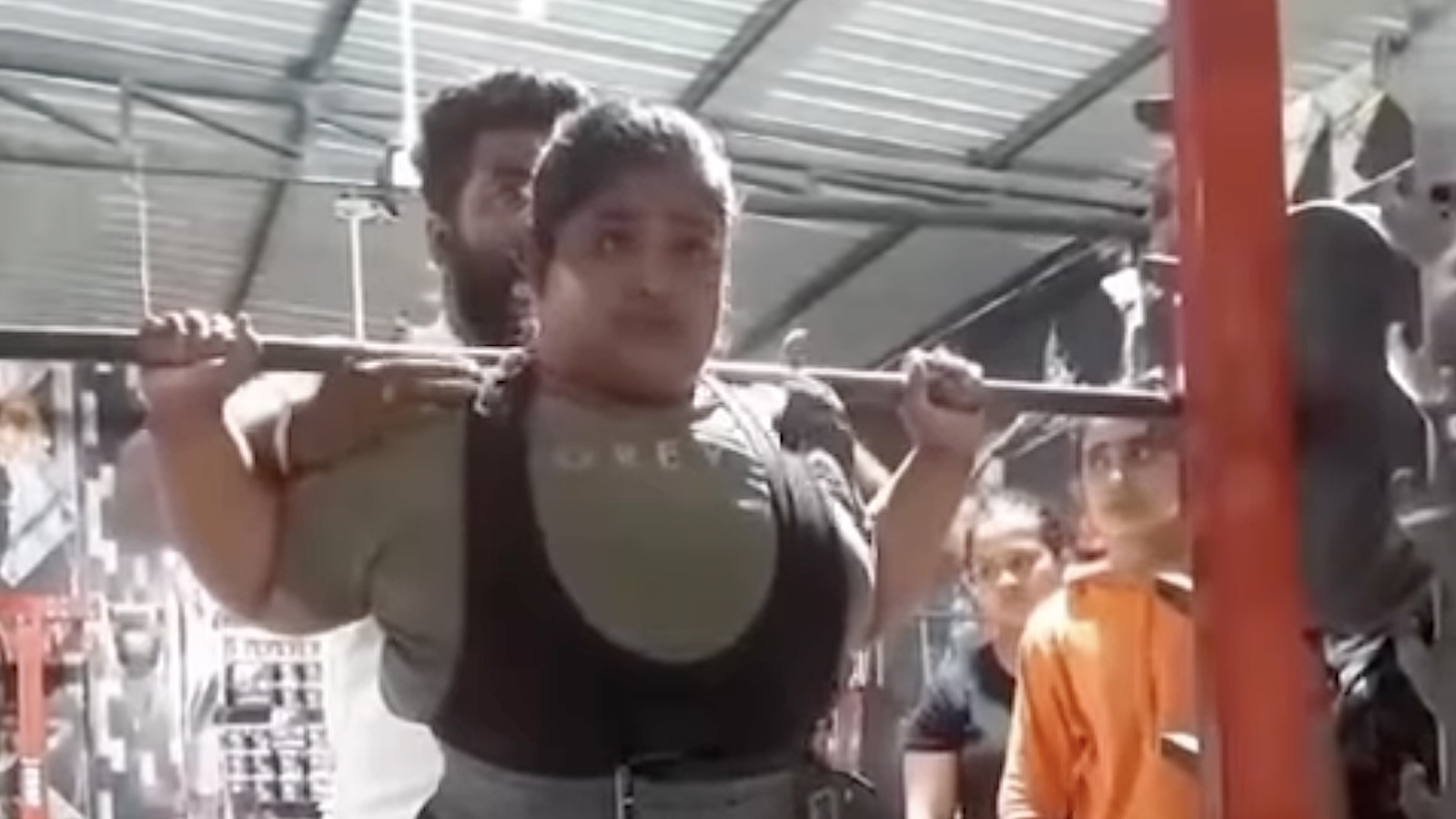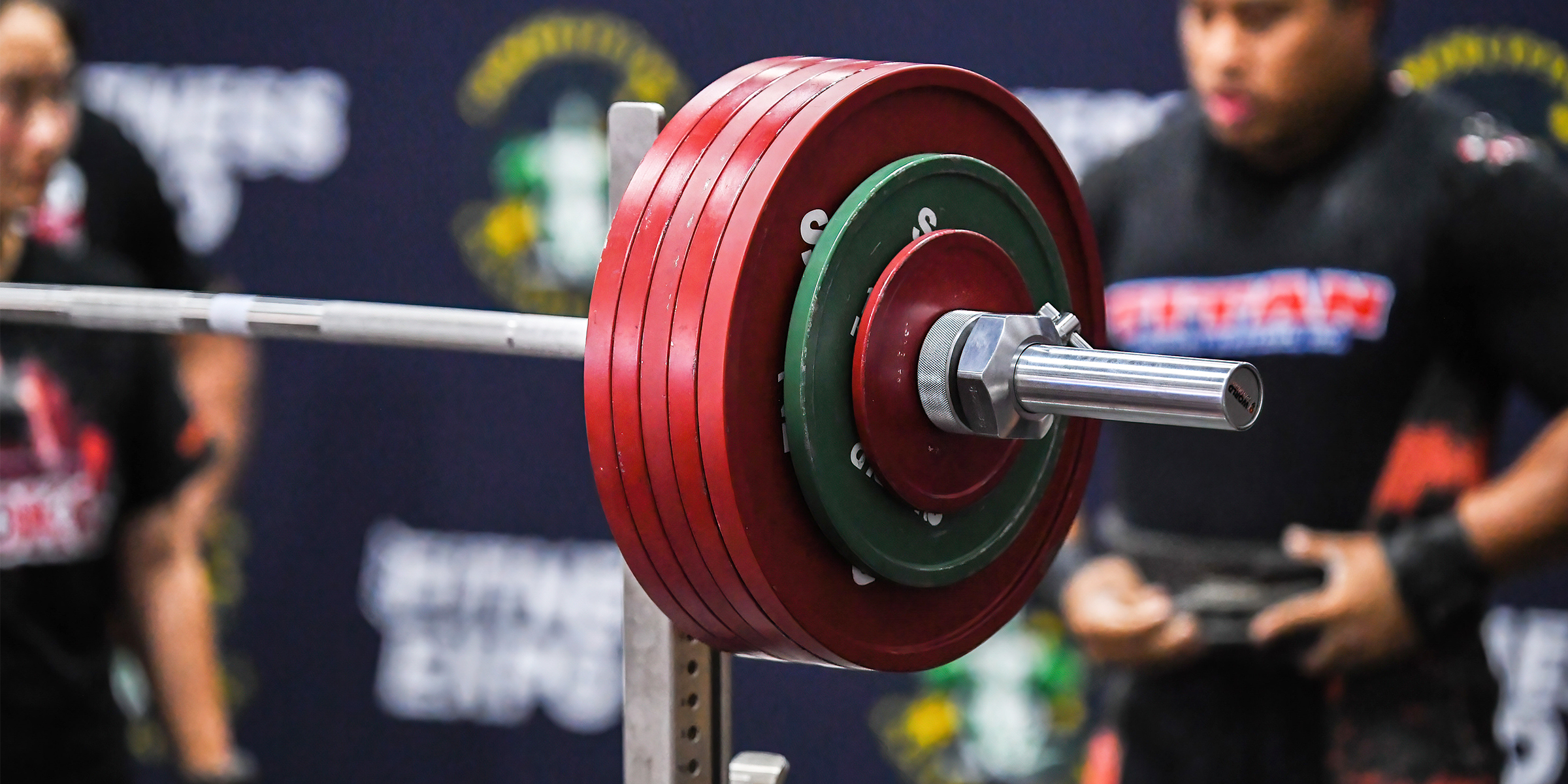Tragic Loss: Powerlifter Dies After Barbell Accident Learn Safety Tips
Is it possible to train and compete in powerlifting without risking life and limb? The tragic death of Yashtika Acharya, a rising star in the world of junior powerlifting, serves as a stark reminder of the inherent dangers and the critical need for stringent safety protocols in this demanding sport.
On Tuesday, February 18, 2025, the powerlifting community was shaken to its core. Yashtika Acharya, a 17-year-old junior national games gold medalist, met with a devastating accident during a training session in Bikaner, Rajasthan, India. The details are harrowing: as she attempted a squat with a 270-kilogram (595-pound) barbell, the weight slipped. The barbell, laden with plates, crashed down, striking her neck. The impact was catastrophic, resulting in a fatal fracture of her cervical spine. Despite immediate medical attention, including being rushed to a hospital, the injuries were too severe. She was pronounced dead upon arrival. The incident was captured in a viral video, adding to the publics shock and grief.
| Category | Details |
|---|---|
| Full Name | Yashtika Acharya |
| Age | 17 years old |
| Nationality | Indian |
| Sport | Powerlifting |
| Achievements | Junior National Games Gold Medalist |
| Location of Accident | Bikaner, Rajasthan, India |
| Date of Death | February 18, 2025 |
| Cause of Death | Fatal neck injury due to barbell accident |
| Weight Lifted at Time of Accident | 270 kg (595 lbs) |
| Reference | NDTV Report |
The incident, which occurred under the supervision of her trainer, has ignited a wave of concern and calls for immediate action within the sporting community. The shocking nature of the event, captured in graphic detail by onlookers, has made it all the more impactful. News outlets worldwide have reported the tragedy, highlighting the fragility of life and the often-overlooked risks associated with extreme physical endeavors, particularly among young athletes.
The accident happened during a training session, during which she was preparing to squat a weight of 270 kg. Witnesses reported that the barbell slipped, falling directly onto her neck. The catastrophic injuries she sustained were beyond immediate medical intervention. She was rushed to a local hospital, but the damage was irreversible. The sudden and brutal nature of the accident sent shockwaves through the powerlifting world.
The incident has prompted urgent discussions about gym safety protocols. The existing guidelines, often insufficient, are now under scrutiny. The calls for stricter enforcement of safety measures are growing louder. Among the key concerns are the qualifications and experience of trainers, the adequacy of spotting during heavy lifts, and the overall training environment. The incident also serves as a reminder to consider the physical development of young athletes, and whether their bodies are ready to handle the extreme forces involved in lifting such heavy weights.
In the aftermath of the accident, investigations have commenced to understand the circumstances that led to this tragedy. The family, understandably devastated, has not registered any legal case, focusing instead on the grief and the loss of a promising young life. The impact of this tragedy on the local community and the broader powerlifting world is immeasurable.
The death of Yashtika Acharya is not merely a statistic; it is a profound loss that necessitates introspection and reform. The incident exposes the need for a fundamental reassessment of training practices, safety regulations, and the overall culture of powerlifting, especially when it involves young athletes. The goal is to create a safer environment where the pursuit of strength does not come at the cost of human life.
Powerlifting, while rewarding, is a sport fraught with inherent risks. The physical stress on the body, combined with the potential for equipment failure or improper technique, can lead to severe injuries, including those that are fatal. This emphasizes the importance of meticulous preparation, skilled coaching, and constant vigilance.
Proper training methodologies should incorporate a progressive approach. Young athletes should not be rushed into lifting heavy weights without first establishing a strong foundation of strength, technique, and body awareness. This gradual increase in weight allows the body to adapt and reduces the likelihood of accidents. Strength and conditioning should be a key component of any powerlifting program. Focusing on exercises that build core strength, stability, and overall athleticism can help prevent injuries.
The role of a qualified coach is indispensable. A certified powerlifting coach is not just a trainer; they are a guardian. A good coach will provide expert guidance on proper form, monitor the athlete's progress, and make necessary adjustments to the training program. Furthermore, they ensure a safe training environment.
Spotting is a non-negotiable requirement for heavy lifts. Having one or more spotters is crucial to ensure the lifter's safety. Spotters assist with the weight if the lifter struggles and provide encouragement and guidance. The number of spotters should be determined by the weight being lifted and the lifter's experience.
Regular equipment checks are a must. Gyms must maintain their equipment properly, regularly inspecting barbells, weights, racks, and other equipment to ensure they are in good working order. Cracked plates, bent bars, or faulty equipment can all be serious safety hazards.
Gym owners and operators should also enforce a strict code of conduct. This involves setting clear expectations for training behavior and ensuring that lifters are aware of the risks involved. It is crucial to create a culture where safety takes precedence over everything else. Proper gym design is also an important factor in safety. The gym should have adequate space between lifting stations to prevent collisions, provide adequate lighting, and incorporate shock-absorbing flooring.
Mental preparation is as important as physical conditioning. Powerlifting requires a combination of physical strength and mental focus. Lifters should learn to stay calm, concentrate on the task, and avoid distractions. Stress and fatigue can impair judgment, increasing the risk of injury.
Powerlifting can be a rewarding and fulfilling sport. However, the death of Yashtika Acharya reminds us that safety must be the top priority. By adopting these safety measures and promoting a culture of vigilance, the powerlifting community can work towards preventing such tragedies in the future, ensuring that athletes can pursue their passion without risking their lives.
The legacy of Yashtika Acharya should be one of change. Her tragic death must catalyze a movement towards enhanced safety standards, more rigorous training protocols, and a deeper appreciation for the inherent risks of this sport. By honoring her memory, the powerlifting community can work to create a safer and more supportive environment for all athletes.
The incident involving Yashtika Acharya highlights the need for greater awareness among young athletes and their parents, coaches, and trainers regarding the risks associated with powerlifting. Early intervention and education are crucial to ensure that young athletes understand the importance of safety, proper form, and responsible training practices. The tragedy should serve as a wake-up call, prompting all stakeholders to prioritize the well-being and safety of young athletes above all else.
In conclusion, the death of Yashtika Acharya is a devastating loss that should serve as a turning point for powerlifting. By focusing on safety, proper training, and a culture of vigilance, the community can honor her memory and protect future generations of athletes. The goal is to ensure that the pursuit of strength and athletic achievement does not come at the expense of human life. It is a challenge, but one the powerlifting world must embrace with unwavering determination.


